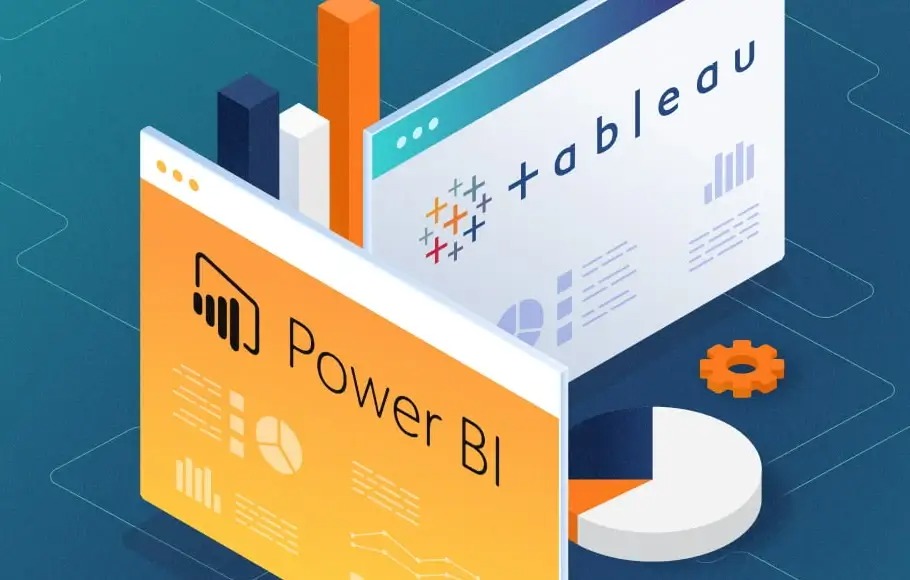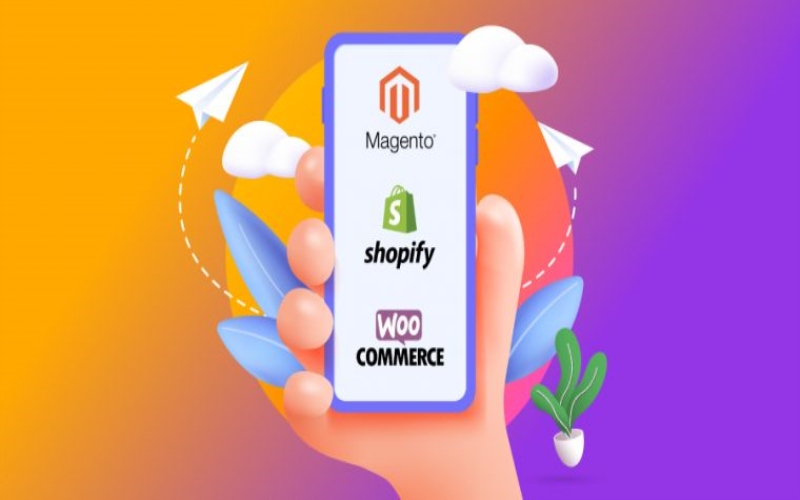In 2025, choosing the right business intelligence tool is no longer just about pretty dashboards. The real question is: will it empower teams to make faster, smarter, data-backed decisions?
With so many BI tools promising intuitive dashboards, real-time insights and predictive capabilities, selecting the right one has become a complex, high-stakes decision. Organizations must take a hard look at what really matters when choosing a tool that will serve them today—and scale with them tomorrow.
Here are ten critical questions they should ask before making an investment.
1. Is the platform truly self-service— or just another IT dependency?
Business users—from marketing managers to plant supervisors—all expect to access, explore and visualize data independently, without needing to log a request with IT.
If users need technical support for routine queries or report generation, the tool defeats its own purpose. A truly self-service platform is intuitive, visual and designed for non-technical users to extract value without constant hand-holding.
2. Does it support real-time or near-real-time analytics?
Today’s businesses can’t afford to wait for daily or weekly data refreshes. Decisions often need to be made on the spot—whether it’s adjusting campaign budgets, responding to a supply chain disruption or reallocating field resources.
Real-time analytics is a non-negotiable capability. A BI solution should be able to connect to live data streams, offer instant, up-to-the-minute dashboards and trigger alerts or actions based on real-time thresholds.
3. Are predictive analytics and AI built into the workflow?
Modern BI software is evolving beyond descriptive dashboards. One of the strongest shifts noted in current BI trends is the growing importance of predictive analytics and AI-powered features.
Organizations are looking for tools that can forecast sales, detect anomalies and recommend actions automatically. BI platforms should empower users to not only see what happened but also understand what’s likely to happen next—and why.
4. Can the tool integrate with all data sources?
Disconnected systems create fragmented insights. A high-performing BI tool must support seamless integration with a wide range of data sources—CRM systems, ERP platforms, marketing tools, cloud data warehouses, spreadsheets and more.
This integration ensures decision-makers have a complete, unified view of business performance. Without it, analytics becomes siloed and incomplete, leading to misaligned strategies.
5. Does it support embedded analytics?
Embedded analytics is gaining ground as a top requirement for BI platforms. Rather than forcing users to log into a separate system to access insights, businesses want data visualizations and reports embedded directly into existing workflows—portals, apps, CRMs and internal systems.
This not only improves accessibility and user adoption but also enables data-driven actions in real time.
6. Is robust data governance part of the platform’s foundation?
As more users gain access to data, governance and security become mission critical. A BI platform must offer fine-grained controls over who sees what, how data is accessed and how it’s used.
Role-based access, data masking, audit trails and governance workflows are essential. Without strong governance, the risk of compliance issues, data leaks and reporting errors increases significantly.
7. Can the tool scale as the business grows?
A BI investment isn’t just about today—it’s about supporting tomorrow’s growth. Whether scaling across departments, regions or data volumes, the chosen tool must grow with the business.
This means support for more users, higher data complexity, advanced reporting logic and increased system demands. A platform that slows down under scale will soon become a liability.
8. Is it user-friendly enough to drive adoption across teams?
Even the most powerful BI tools can fall short if they’re hard to use. In line with the growing push for data democratization, the platform must be intuitive enough for non-technical users to adopt without extensive training.
Features like drag-and-drop builders, natural language queries and responsive dashboards improve accessibility and encourage engagement across departments.
9. What is the real cost—beyond licenses?
Too often, businesses evaluate BI tools based on licensing fees alone. However, the true cost of ownership includes implementation time, training needs, support costs and the infrastructure required to run the tool efficiently.
A tool that seems cost-effective initially may require costly customizations or external consultants down the line. Transparent pricing models and a low onboarding curve are signs of a good long-term fit.
10. What do actual users say about the tool?
Beyond sales demos and marketing claims, real feedback from real users provides a clearer picture. Reviews on sites like G2, Capterra and TrustRadius can shed light on real-world challenges like performance bottlenecks, support quality or hidden costs.
Focus on reviews from peers in similar roles or industries—they often reveal details the vendor may gloss over.
Focus on Outcomes, Not Just Features
In a landscape where data is currency, the right business intelligence tool can unlock faster decisions, greater agility and a more resilient organization. The best BI tools—those that truly stand out—are the ones that combine usability with power, integrate seamlessly into business workflows and support decision-making at every level.





